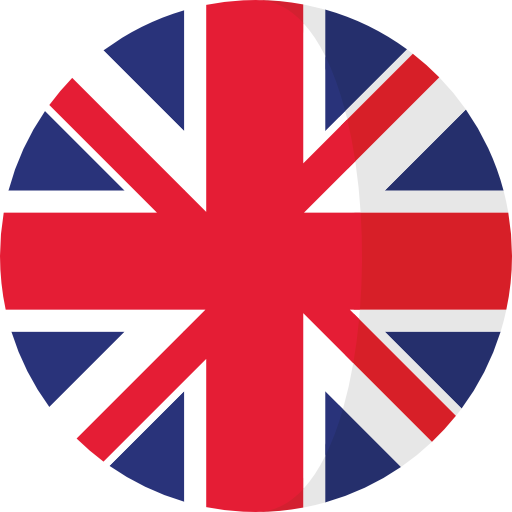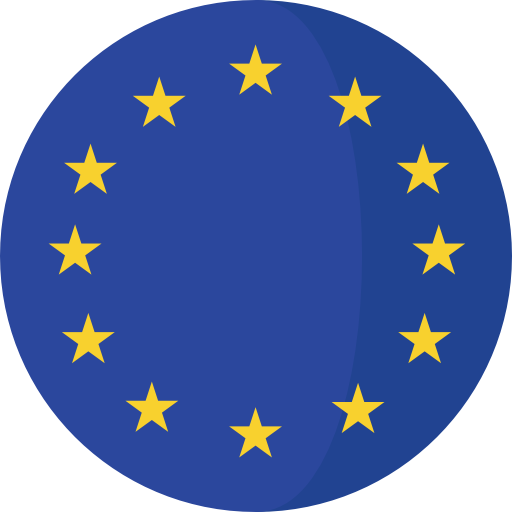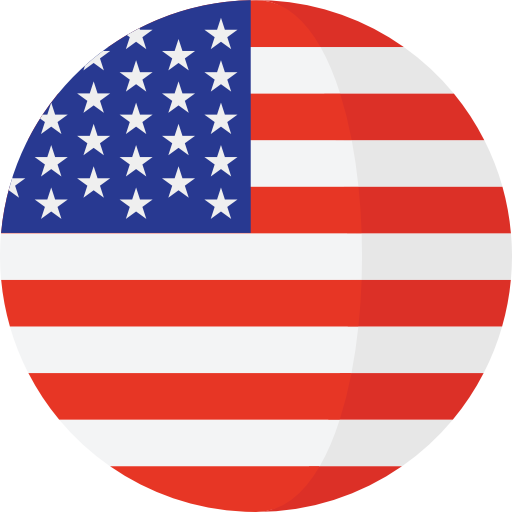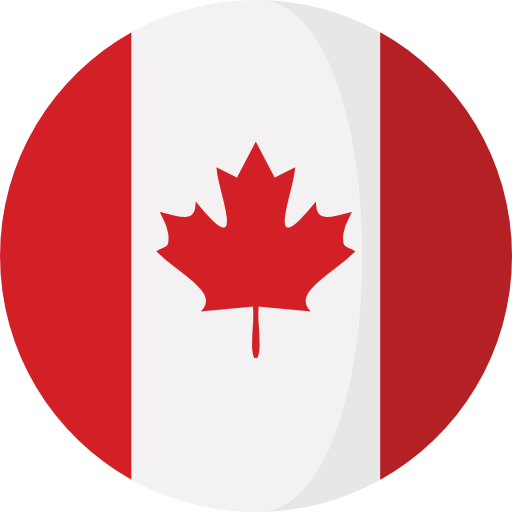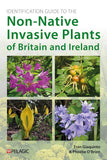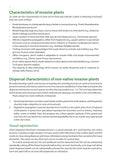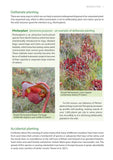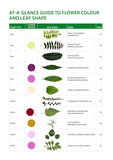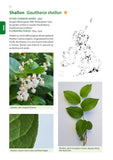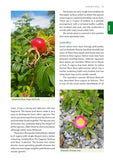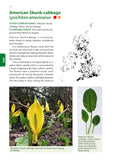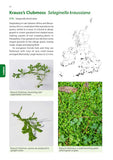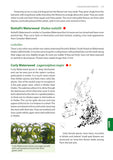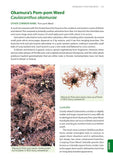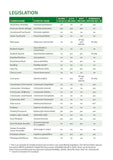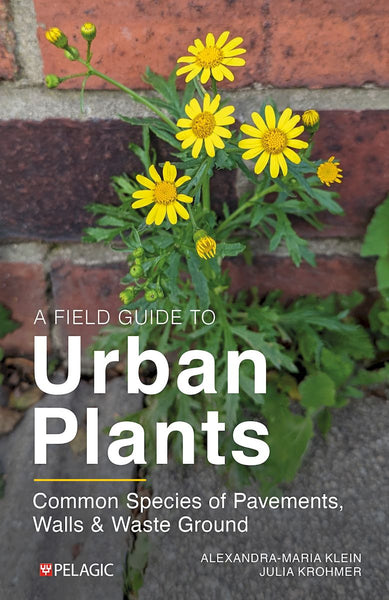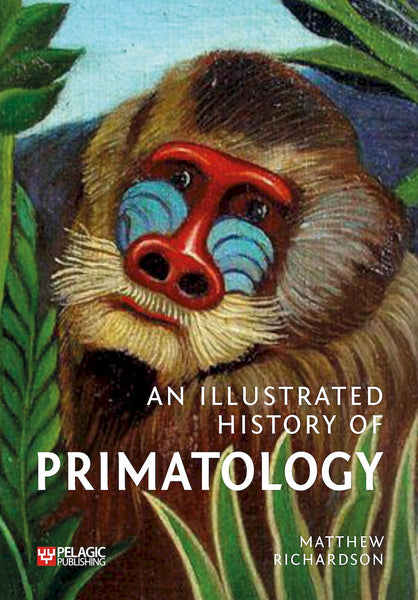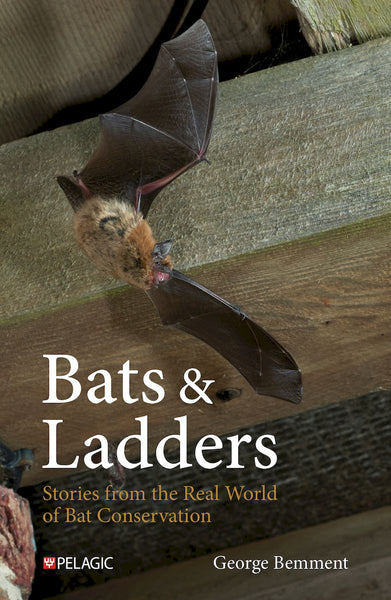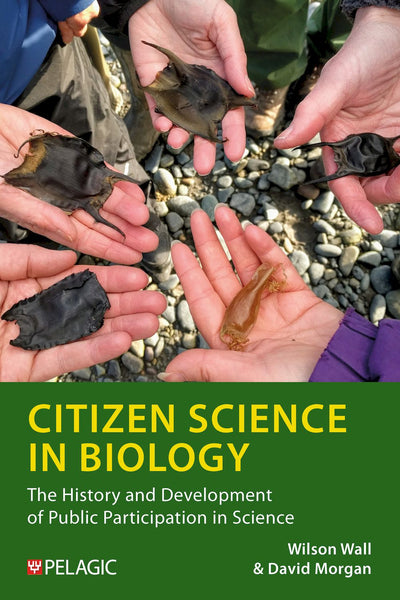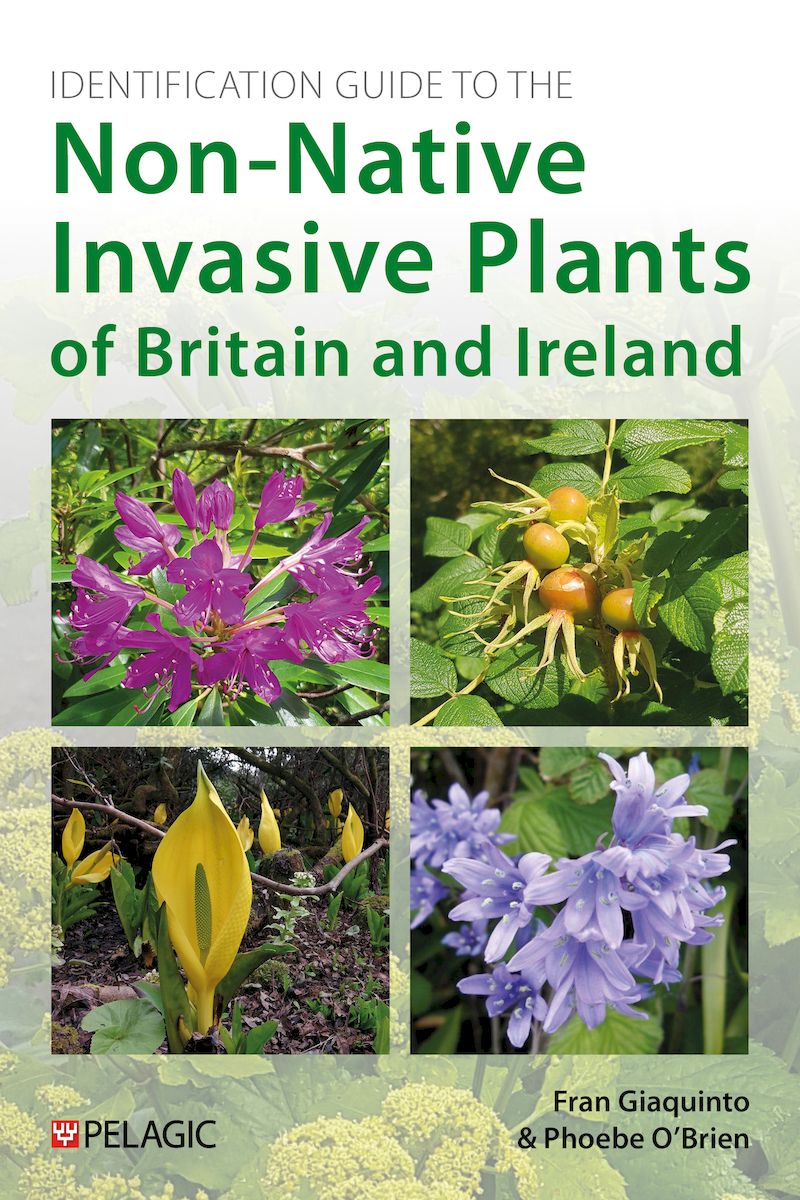
Identification Guide to the Non-Native Invasive Plants of Britain and Ireland
- A comprehensive and heavily illustrated identification guide to non-native invasive plants.
- Includes a chart to quickly establish which species are controlled by national and European legislation.
- Explains why invasive species are problematic, how they disperse and colonise, and what we can do to prevent them from arriving.
- biogeography
- botany
- Coming Soon
- ecology
- identification
- invasive species
- plant ID
- plant taxonomy
- plants
Description
This accessible guide gives you the tools to be confident in identifying and managing frequently encountered non-native invasive plants in Britain and Ireland.
Invasive alien species (IAS) are one of the biggest drivers of global biodiversity loss along with climate change and habitat fragmentation. If allowed to colonise unchecked, they can have irreversible negative impacts on the integrity of the natural environment and associated ecosystem services. In spite of widescale efforts, there has been an almost exponential increase in new introductions to Britain and Ireland in the last 20 years. The only way we can tackle them is to engage both professionals and the public in mapping their distribution, and to encourage everyone to take the right actions to contain them. This book will help you:
- Identify frequently encountered non-native invasive plants and know their potential impacts.
- Differentiate lookalikes, including how to separate native species from closely related non-native invasive species.
- Understand the extent of invasive potential, including trees, grasses, freshwater aquatics and seaweeds.
- Quickly check the legislation so you know which species should be reported and to whom.
- Prevent mistakes – often, with best intentions, people take action which makes the situation worse.
- Avoid introducing invasive species into your gardens and local environment.
Packed with illustrations, maps and tips, this book is a practical tool and reference for professional ecologists, environmentalists, gardeners and everyone interested in the protection and sustainable management of our countryside and green spaces.
DOI: 10.53061/DBCW5796
Table of Contents
Preface
Acknowledgements
Introduction
At-a-glance guide to flower colour and leaf shape
Species accounts
Trees
Shrubs
Climbers
Large plants
Herbs
Clubmoss
Grasses
Rush
Lily-like
Marginal
Aquatics
Coastal
Seaweeds
Legislation
Dispersal methods
Glossary
Resources
References
Index
Reviews
- A vital and timely guide to the changing face of our flora - fascinating, eye-opening - essential for botanists, gardeners, and the curious alike.
—Conrad McCormick, Garden Designer and Environmental Scientist - This superb and useful book is a must-have for anyone who is responsible for managing a patch of British or Irish land or water, at a scale anywhere between that of a garden border and a national park.
—Dr Julian Caldecott, ecologist and writer - This is a great and very useful book - one of those you didn’t know you needed until it was written. Thankfully, it has been and will now be my regular ‘turn-to’ guide for all those odd non-native plants that you encounter which often aren’t in the standard plant ID guides. I thought I was reasonably familiar with most terrestrial invasive plants but this opened my eyes to the full range of species that might be encountered.
—Dr Vin Fleming OBE, former co-leader International Advice, Joint Nature Conservation Committee - Comprehensive, accessible and beautifully illustrated, this guide will help raise awareness and inform the protection of delicate ecosystems.
—Leif Bersweden, author of Where the Wildflowers Grow - This is a wonderful book which sets out with the great aspiration to train everyone to be able to identify invasive and exotic species in the landscape, and I think it might well be the book to do this.
—Noeleen Smyth, Assistant Professor Environmental & Sustainable Horticulture, University College Dublin
About the Author
Dr Fran Giaquinto CEnv MCIEEM is a plant ecologist who has specialised in invasive species management since 2009.
Phoebe O'Brien is a botanist and vice county recorder for the Botanical Society of Britain and Ireland. She specialises in grasslands and invasive species, having contributed extensively to conservation efforts and national surveys.
The authors have collaborated on two previous plant identification guides.
Bibliographic Information
 160 pages
160 pages - Colour illustrations
- BISAC SCI011000, SCI087000, SCI030000, SCI008000
- BIC PST, PSAB, RGM

